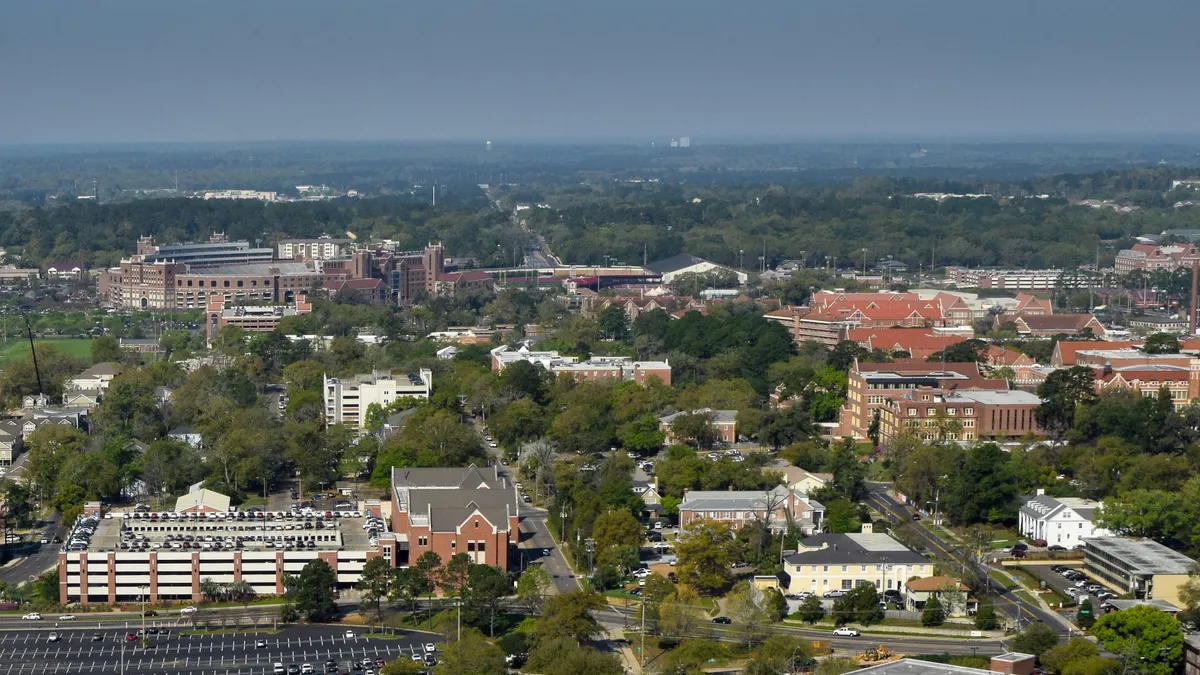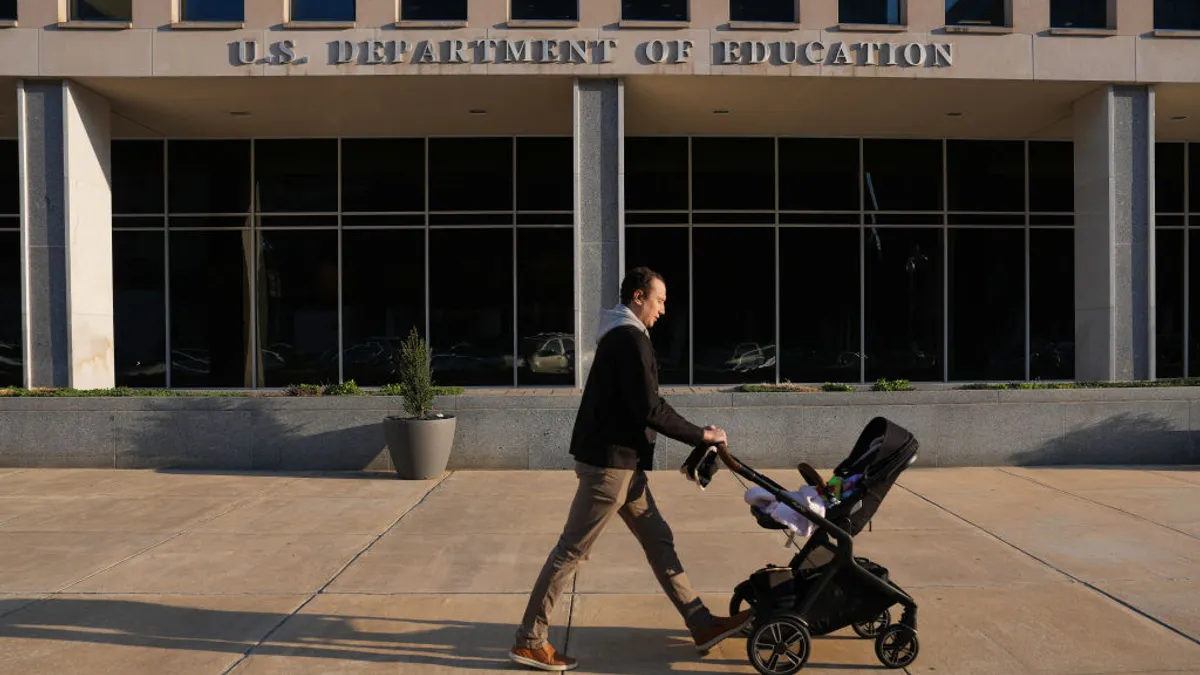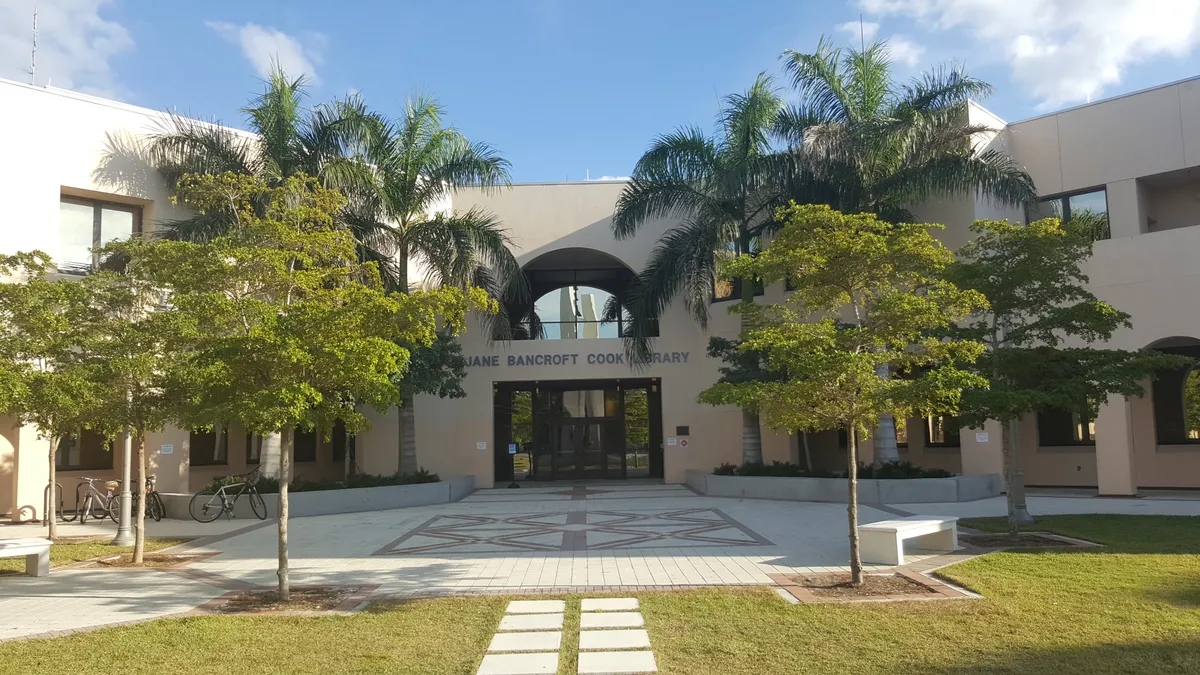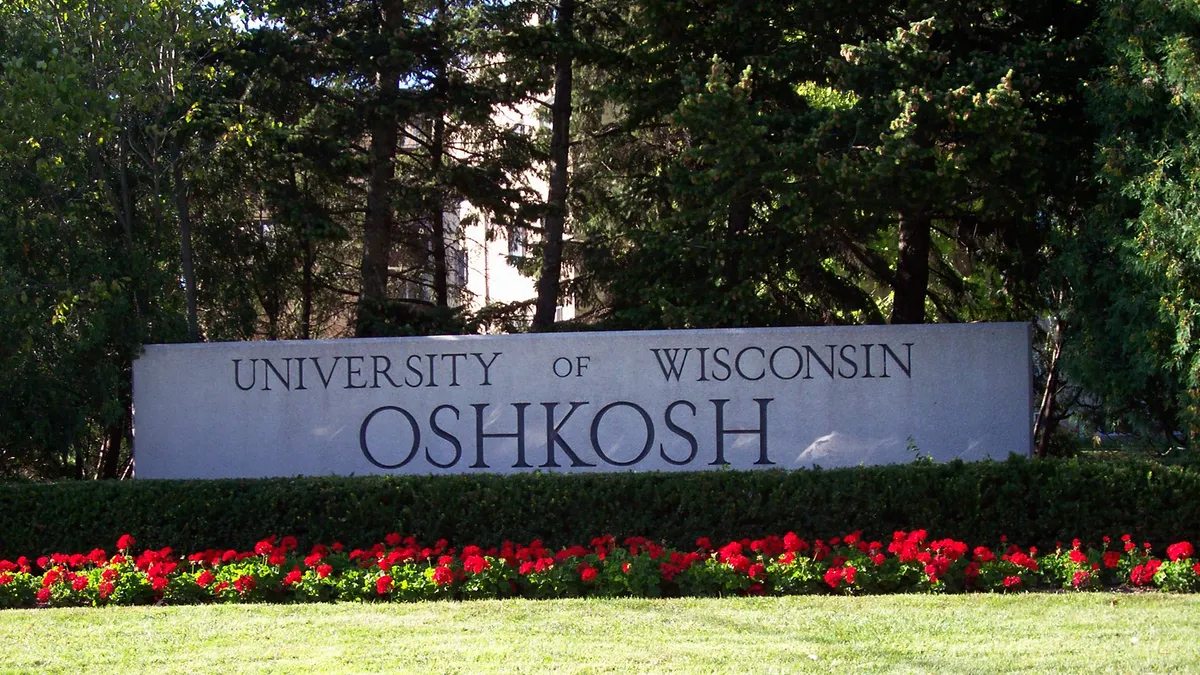Higher ed institutions say they want high-achieving students from a variety of backgrounds, but are they doing enough to recruit them?
This question was front-and-center in a Wednesday evening panel at the New York Times Schools For Tomorrow Conference. For just over half an hour, Arizona State University President Michael Crow, Vassar College President Catharine Bond Hill, Grinnell College President Raynard S. Kington, and University of Chicago President Robert Zimmer discussed how their institutions are serving low-income, high-achieving students — and what other institutions can do to scale those efforts on their campuses.
The session frequently touched on points made by moderator David Leonhardt during his unveiling of the New York Times' 2015 college access index regarding higher ed's influence on upward mobility. "The power of education for individuals' lives, for the trajectory of families, for the nature of the society we are is something that is very evident," Zimmer said. "There is an enormous societal benefit, an enormous human benefit, to education."
Here are four key takeaways from their conversation.
1. Cultural support systems matter
Zimmer noted that the University of Chicago examined the entire application process, finding that the way people apply to college is very different from when someone like him applied — a time when high-schoolers who decided they needed to go to college simply got an application and had some teachers write a recommendation. For students today who come from upper-middle-class or affluent homes, he noted, there are top high schools with a large number of programs, and they also have increased access to things like violin or language lessons, quality summer programs, and SAT training sessions.
Of course, students from lower-income families don't have access to much of that. It's a detail that many institutions would likely do well to keep in mind when looking to increase socio-economic diversity among their student bodies.
Kington added that Grinnell made a point of building a reputation as "a place where smart kids who had no money could go and have a great education and have financial aid" in order to recruit a substantially diverse student body, joking that doing so can be a challenge in the middle of Iowa. Along with having that sort of reputation, resources are also key.
2. Use your resources
On that note, Kington noted that Grinnell uses its "significant endowment" to budget $40 million for its own financial aid, allowing 28% of its students to pay no tuition. "But we can't get much higher than that and still work," he said.
The school is currently at 24% Pell-eligible and also invests in getting students to the finish line, noting that students at the lowest quartile of familial income graduate at the same rate as those at the highest. Kington said that his healthcare background contributed the approach that if you increase quality for everyone, you limit disparities in the system.
Hill added that the space is facing legitimate challenges on this front, however. "I wish I could say I was more optimistic than I am," she said, noting the increase in income inequality over the last 40 years.
“American higher education is very diverse. Grinnell and Vasser can do a lot, and I think we are doing a lot. And I think the selective private non-profits should be doing more as a group, and they can. They've got the resources. Some of those resources are coming from the government. But ultimately, if we're going to solve this problem, it's going to have to be the publics."
On that front, Crow, the lone president on the panel from a public non-profit institution, pegged much of the problem on "poorly designed institutions, under-enabled faculty, [and] strict and structured bureaucracy," adding that "operating in an out-moded model of a government bureaucracy" isn't effective for a 21st Century, highly advanced and diverse institution.
"If we really wanted to think about the allocation of resources, higher education really needs to think about ways to get students through at lower cost," Hill said. It's a task made all the more arduous by institutions' needs to respond to families applying to college who want great amenities for their kids. But by taking a greater number of low-income students, higher ed institutions are presented an opportunity to lower costs somewhere else.
"If the publics could spend what we're spending per student, they'd be graduating at a much higher rate," she said.
3. Select for success and design a new model
"In the schools that you're listing with high graduation rates, these schools have varying degrees of economic diversity, but almost all of them admit somewhere between the 10th percentile and the first percentile of students to the institution," Crow said. "They are selecting for previous success and having very significant outcomes from a broad cross-section of students."
The goal, though, should be to have between a quarter and a third of the high school population graduating from college. The college graduation rate for low-income students who had B averages in high school, Crow said, is below 40%. With an A average, that rate is almost double.
For Crow, this indicates that it's time for new models and new approaches among the over 600 public colleges and universities. "If we have a student body that is not representative of the entire socioeconomic diversity of the region, we're not succeeding," he said, adding that the egalitarian admission standards of land grant universities must be maintained.
It's a complex problem, but it's ultimately on the backs of public institutions, which educate 75% of students in higher ed, according to the U of Chicago's Zimmer. Scaling approaches for diversity at a private liberal arts college like Grinnell or Vasser is much more difficult, and as Zimmer added, the existing higher education system's structure wasn't designed to meet the demand at its current scale.
4. Lowering graduation standards isn’t the answer
Preparation is also an issue when it comes to serving high-achieving low-income students, Kington said. "The chance that a poor kid of color will go through an education system that prepares that person for one of our colleges is laughably, just unbelievably small."
"We get the top of that group, and that's the group that's growing in population," he said.
Falling financial support from legislative bodies at the state and federal level have also complicated matters, sending a message that the public isn't as willing to support not just higher education, but education at large, as a public good.
But in an environment where funding is increasingly being tied to outcomes, institutions must also be cautious about how they get more students to the finish line. "We have not lowered our standards, and anyone who does should be kicked out of the business, because that's the road to annihilation," Crow said of ASU's success. "It's no longer math, it's sub-math. It's no longer history, it's sub-history."
ASU has, however, altered its measure of attainment: Admitting B students "as most public research universities did until the 1970s," and measuring gen-ed outcomes, degree outcomes, critical thinking enhancements, and analytical problem-solving enhancements. The university, Crow said, goes on to track measures of students' life outcomes like employment, awards, and overall quality of life.
Would you like to see more education news like this in your inbox on a daily basis? Subscribe to our Education Dive email newsletter! You may also want to read Education Dive's look at how pathway programs help international students prepare for university rigor.





















